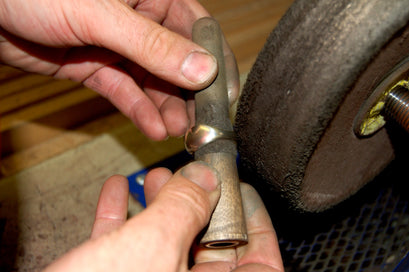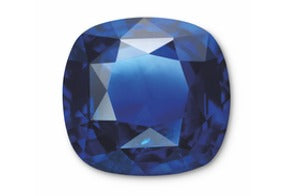Celebrate in colour! Topaz is mostly known as a blue stone but you might be interested to know that it actually comes in a wide variety of colours. It not only celebrates November babies but also your 4th anniversary and Imperial topaz(discovered in 1768 by the Portuguese) celebrates your 23rd anniversary!
A rainbow of options (and very affordable too), topaz can be cool to deep blue, honey yellow, vivid orange, brown, bright pink, red, purple, green or colourless. The different colours are caused by colour-centres or traces of the mineral chromium. Blue Topaz has 3 different shades: Sky Blue (a very pale blue), Swiss Blue (a very vivid blue, almost electric) and London Blue which is the darkest blue.
Topaz is very commonly treated; it undergoes heating and sometimes irradiation in order to create a more desirable colour. Colourless topaz is often treated to show the blue colour but any treatments to gemstones should always be disclosed.
The most valuable variety of topaz is known as Imperial Topaz. This comes in a vivid orangey-red to reddish-orange colour, so it fits in well with all those beautiful Autumn colours of nature.
Depending on the transparency of the stone, which can be anything between transparent to semi-translucent, topaz is mostly cut into faceted stones, cabochons and beads.
Topaz is termed as pleochroic which means you can see different colours within the stone in different directions, as it’s moved. It’s a very pretty natural phenomenon.
Topaz usually looks very clean to the naked eye so it has very few inclusions in its’ make-up. It has a vitreous tosubadamantine lustre (which is a shiny glass-like lustre) so it polishes up really well; it rates 8 on the Mohs scale and it has a perfect cleavage plane. Diamonds and topaz share these types of cleavage (or lines in the material where the atomic bonding is slightly weaker) so when cutting and faceting these types of gemstones, lapidaries and diamond cutters need to be very careful (and experienced!). When setting the stone, care should be taken too however once made into jewellery, topaz can be worn every day as it’s a very hard and durable stone.
Topaz can be found mainly in Brazil, Pakistan, Sri Lanka, Australia, Madagascar, Mexico, Myanmar, Namibia, Nigeria and the U.S.A. The crystals often form in large sections so you can generally cut quite sizeable gemstones.
We hope you enjoyed finding out about topaz but if you’re feeling geeky and you want to know more, click through to ourA-Z gemstone guide.


















